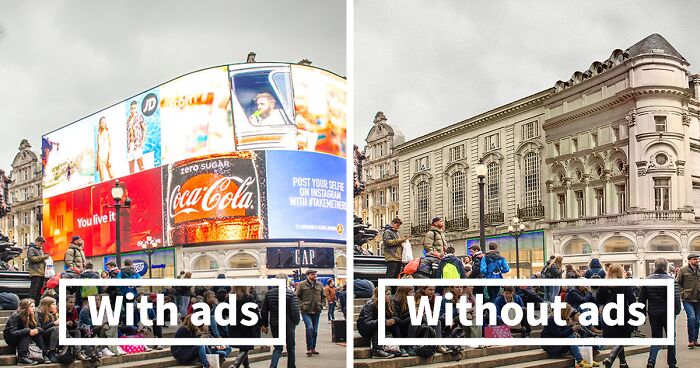
“How The World Would Look Without Billboards And Ads?”: 8 Famous Locations Edited By “Hello Fresh”
The concept of “visual pollution” refers to the presence of artificial elements such as billboards and cables in cities, which can negatively impact the aesthetic quality of the environment and potentially cause mental health issues for some individuals, particularly those with sensory sensitivity. A company has edited images of landmarks to show what they would look like without these elements, raising questions about what cities would look like if visual noise was removed.
Visual pollution can include luminous panels, cables, and billboards. These visual distractions can be considered as part of a big city’s identity, but for some it can be a problem, particularly for those with sensory sensitivity. The constant bombardment of complex images can affect the brain, leading to anxiety, exhaustion, and depression. The company named “House Fresh” edited 8 images of famous cities around the world to show how removing these elements can lead to a cleaner, more visually appealing environment.
More info: Instagram | twitter.com | br.pinterest.com | housefresh.com
Mong Kok District, Hong Kong
Image credits: housefresh
Some view Hong Kong’s neon signs as an essential part of the city’s “image and heritage.” However, a significant number of these signs are illegal structures that not only detract from the aesthetic of the city but also pose a physical risk. In the densely populated area of Mong Kok, where competition for customers is high, merchants rely on bright lights to attract attention.
Image credits: housefresh
The reality beneath the surface of Mong Kok is not attractive, but it is impressive. With a solarpunk makeover, or even just the addition of exterior living walls, this densely populated area could be transformed into a more enjoyable and sustainable place to live and shop.
Delhi, India
Image credits: housefresh
Visual pollution is a significant problem in India’s capital city. The air is filled with dust and smog, trash is scattered throughout the streets, and makeshift wiring and cables, as seen in the image of this Old Delhi neighborhood, leave little space for traditional billboards found in other major cities.
Image credits: housefresh
A cleanup effort has been launched in certain areas, where haphazard additions to the phone and power infrastructure have become intertwined with their surroundings, tangling together and becoming firmly attached to buildings. On the other hand, the colorful painted walls beyond the cables suggest that Delhi’s hanging cables could be considered an art form in their own right.
Shibuya Crossing, Japan
Image credits: housefresh
With 2,500 pedestrians crossing at any given time, why shouldn’t businesses take advantage of the opportunity to monetize all those eyes by displaying glowing advertisements? Perhaps it’s because the pink and purple sunsets that conceal the crossing of the ancient Uda and Onden rivers beneath the road deserve better and should not be obscured by ads.
Image credits: housefresh
Like Times Square, the visual “pollution” is an integral part of the identity of Shibuya Crossing. However, it is worth considering how the junction might look with a more thoughtful approach to beautifying the plainer buildings and reducing the constant light pollution.
Hollywood Boulevard, USA
Image credits: housefresh
Efforts to reduce visual clutter in LA have been ongoing for decades. However, some argue that without its iconic billboards, LA would lose its unique “image culture” that is the city’s main source of income. The billboards on the boulevard have a rich history, ranging from kitschy iconography to high art.
Image credits: housefresh
However, with its palm trees, abundance of Art Deco architecture, and beautiful sunsets, does Hollywood Boulevard truly need the addition of tacky exhibition ads and movie posters for films that are already well-known? The road is close to paradise without them. It would be even better if it were to be pedestrianized.
Las Vegas, USA
Image credits: housefresh
The definition of visual pollution in Las Vegas is a matter of debate. Some visitors might be disappointed with a “cleaned-up” version of the city, as seen in the second picture. However, the level of light pollution in Las Vegas is significant enough to wash out the night sky, making it difficult to see stars and meteorites that would be visible from the desert city in a darker environment.
Image credits: housefresh
The light from Vegas spills into the surrounding natural environments, disrupting the life cycles of plants and animals. Additionally, if one of the goals of the Vegas lights is to disrupt the sleep patterns of gamblers and keep them awake at night, it highlights some of the negative effects of this phenomenon on human health. Constant exposure to artificial light can lead to a variety of health issues such as obesity, heart disease, diabetes, depression, and cancer. All-night light shows might save on coffee expenses, but the negative effects on our circadian rhythm are not worth it.
Piccadilly Circus, London, UK
Image credits: housefresh
Illuminated signs have been a feature of this busy London transport hub since 1908, with the first neon sign appearing in the 1940s. As early as 1928, The Times newspaper stated that “it would be a decided gain, from the aesthetic point of view, to get rid of the illuminated signs on the façades of these buildings. By day as well as by night, they are a hideous eyesore which no civilized community ought to tolerate, especially in so prominent and important a position.” This opinion highlights the long-standing debate about the impact of illuminated signs on the aesthetic of the city and their impact on the community.
Image credits: housefresh
Today, the only giant sign with advertising is banned from buildings owned by the Crown Estate. However, the scale of this sign and the area’s importance as a junction and entertainment district means it is still referred to as “London’s Times Square.” The advertising lights were turned off for one hour during the Lights Out London campaign in 2007, but they have only been dimmed for war, energy shortages, and to mourn figures such as Winston Churchill and Diana, Princess of Wales.
Times Square, New York, USA
Image credits: housefresh
Times Square is the quintessential example of “visual pollution.” Its bright billboards are protected by law to preserve the “identity” (and revenue) of the commercial intersection. New York City requires buildings to have illuminated signage, and in the 1980s, set a requirement for new developments to dedicate 5% of floor space for entertainment. This is likely the reason why the natural beauty of the area is not taken into account as a form of entertainment.
Image credits: housefresh
Given its iconic status in the American imagination, Times Square is at the center of the debate over whether what one person perceives as visual pollution, another may view as a natural modern habitat. Some argue that the square’s previous form of visual pollution, which included grime, aging billboards, and lurid cinema signs, was a tragic loss, as it provided a welcoming backdrop for the city’s outcasts. On the other hand, the present-day Times Square continues to evoke the greed and excess of the 1980s, when the square’s “Disneyfication” began. Is there a more sensitive way to update the visual landscape of Times Square for the mid-21st century?
Kampala, Uganda
Image credits: housefresh
The before-and-after images from Uganda raises an important question that is relevant to all the other visualizations: Are cars considered “visual pollution”? In these images, cars have been included as they are a part of the experience of visual pollution for the people in each location. However, it’s worth considering how often a car has ruined an otherwise perfect photo opportunity or caused a headache after a walk down a busy street. Cars, like other forms of transportation, can be seen as a source of visual pollution because of their impact on the environment and aesthetic of the surrounding areas.
Image credits: housefresh
Cars are often considered unattractive, dirty, distracting, and out of place, and they also contribute to additional visual pollution, such as emissions, moving reflections, and additional signage. Fortunately, Kampala is addressing both visual and air pollution by being designated Africa’s first Tree City due to its efforts to plant and protect urban trees. This is a positive step towards creating a more sustainable and visually pleasing urban environment.
21Kviews
Share on FacebookThank you, I was about to comment the same thing. Totally agree.
Load More Replies...okay, but they also smoothed out buildings, took away building names, and in the Dehli picture, took away phone lines. I don't think taking away advertising would do that!
Not just phone lines, a lot of electricity lines are run thay way in Delhi.
Load More Replies...cocorico (a french expression we use to celebrate a french success) ! a French law forbids visual pollution along the roads since 2013. not perfect but it’s a start.
Thank you, I was about to comment the same thing. Totally agree.
Load More Replies...okay, but they also smoothed out buildings, took away building names, and in the Dehli picture, took away phone lines. I don't think taking away advertising would do that!
Not just phone lines, a lot of electricity lines are run thay way in Delhi.
Load More Replies...cocorico (a french expression we use to celebrate a french success) ! a French law forbids visual pollution along the roads since 2013. not perfect but it’s a start.

 Dark Mode
Dark Mode 

 No fees, cancel anytime
No fees, cancel anytime 






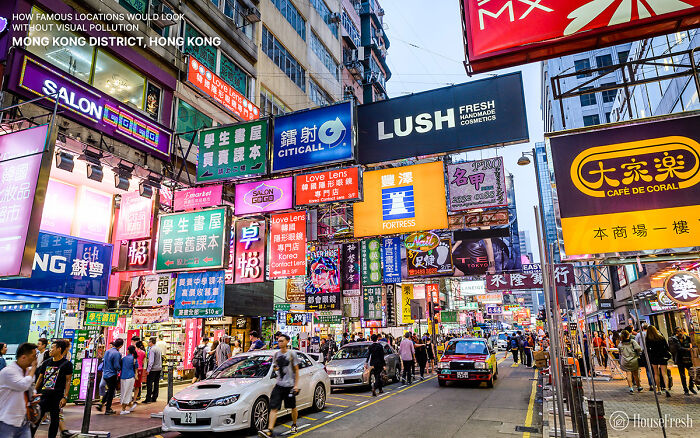
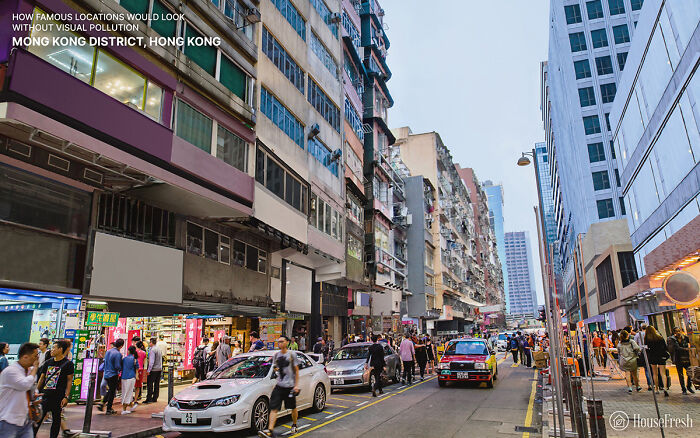
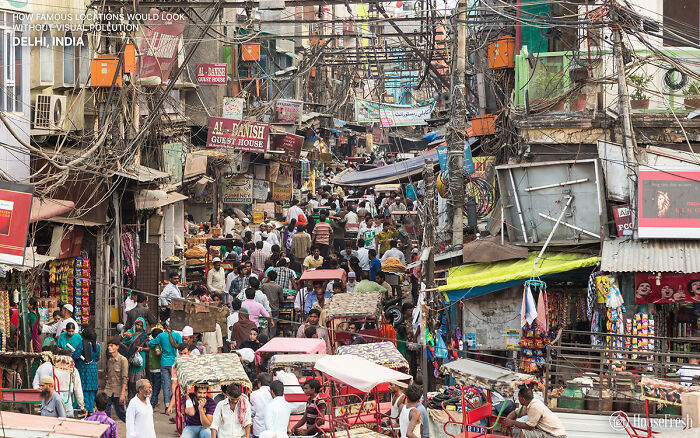
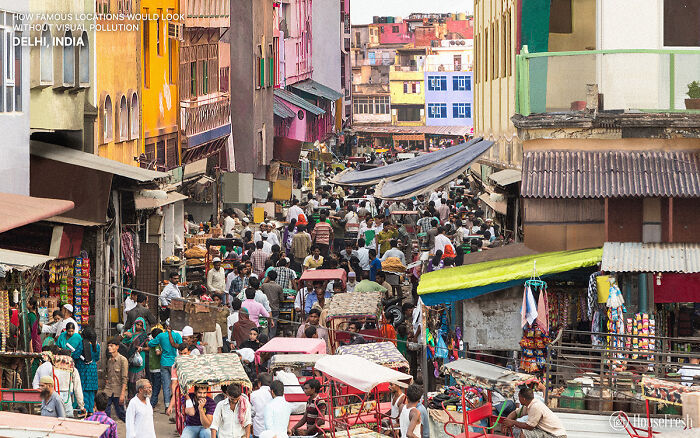
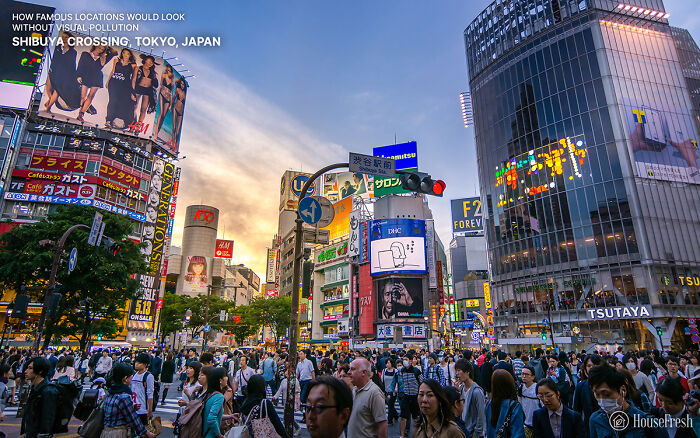

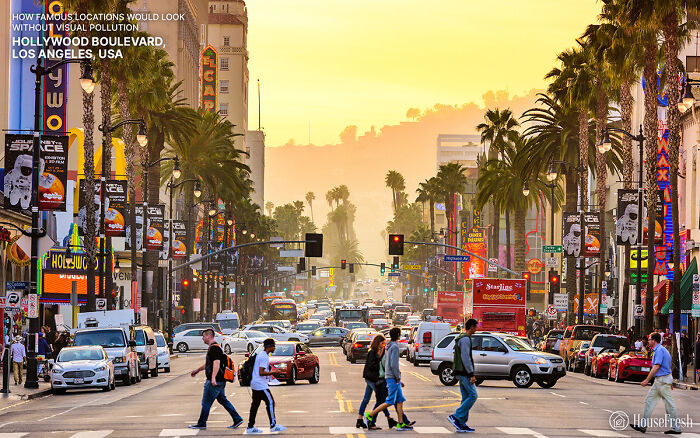
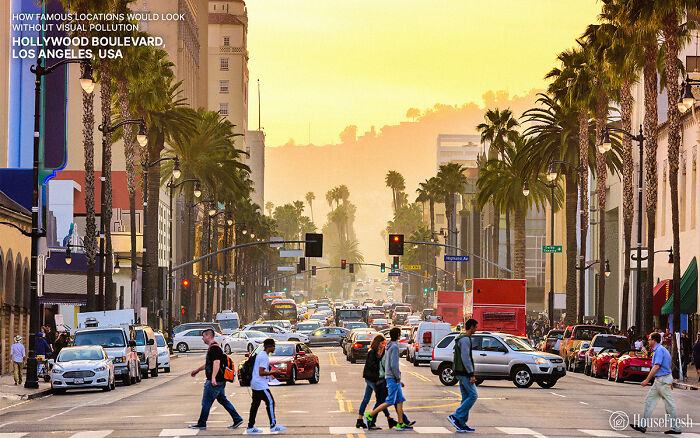
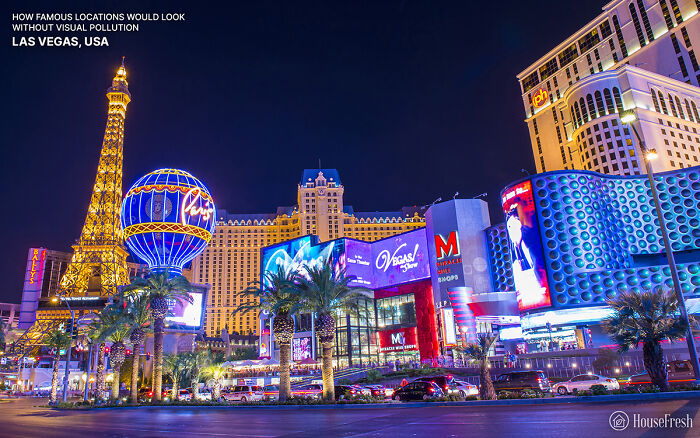
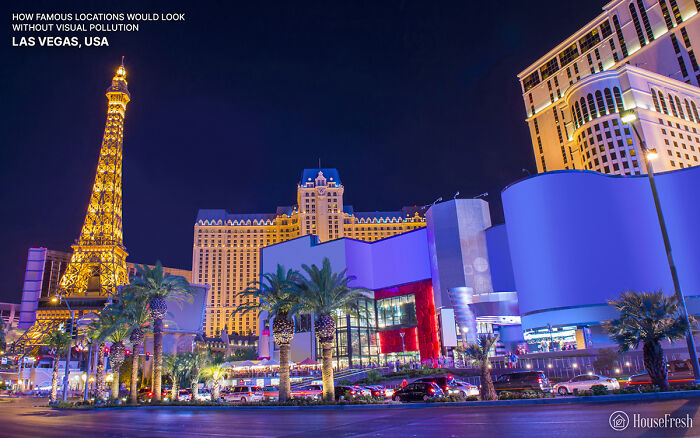
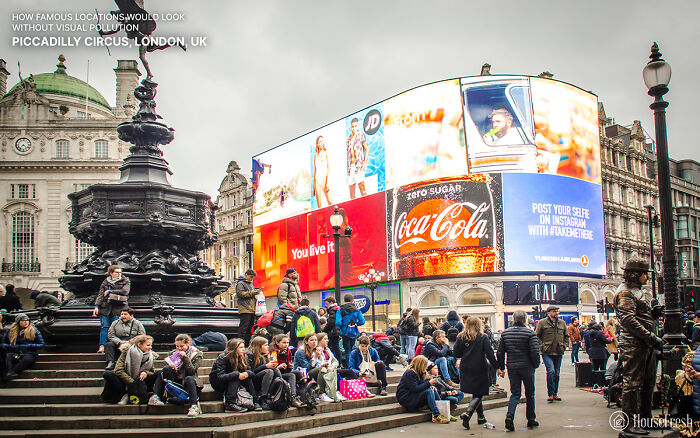
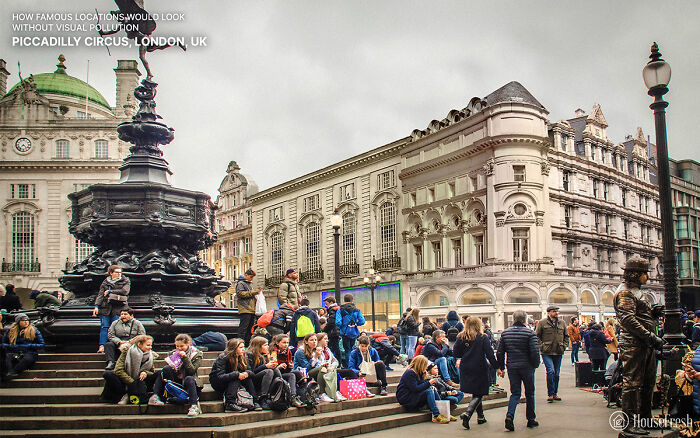
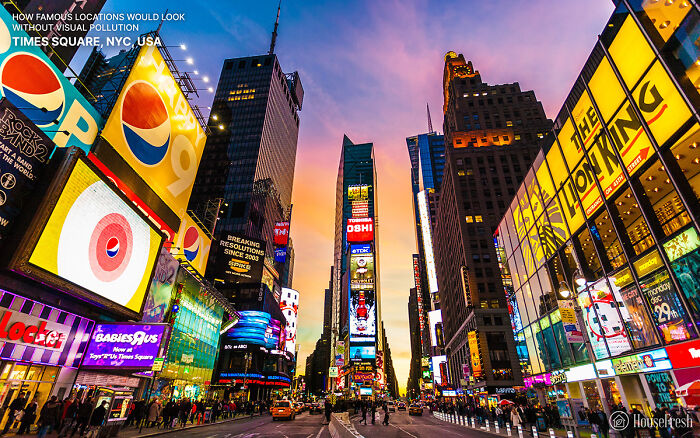
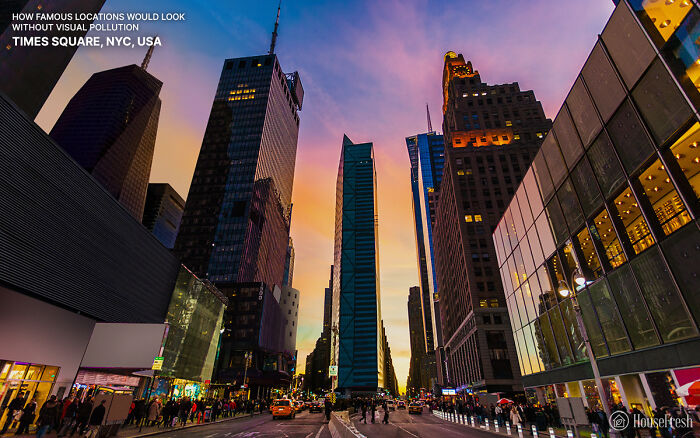
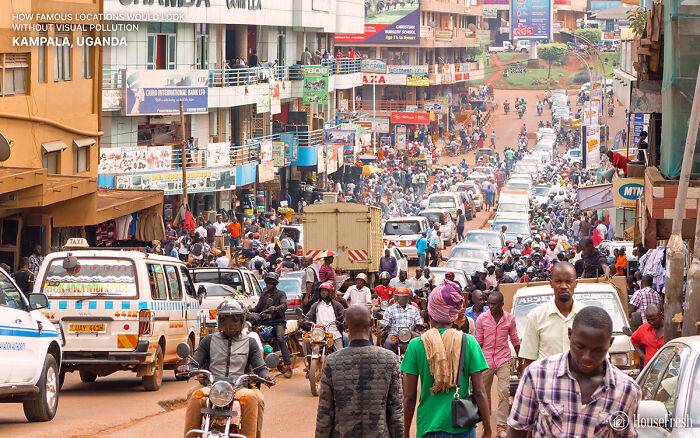
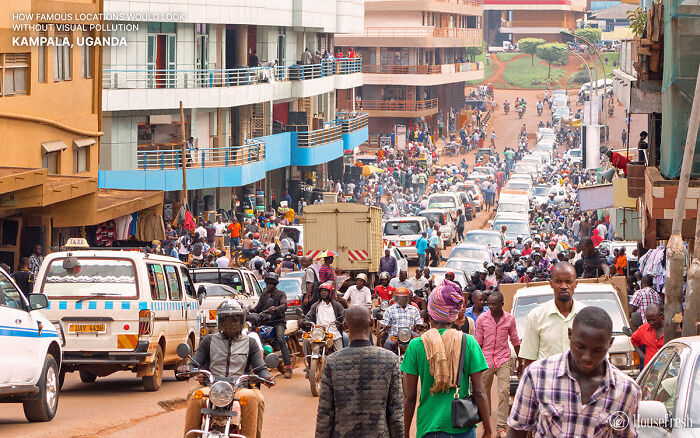
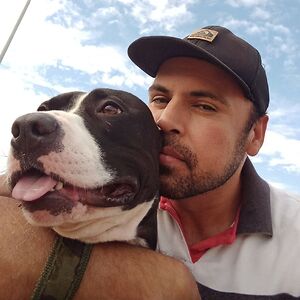





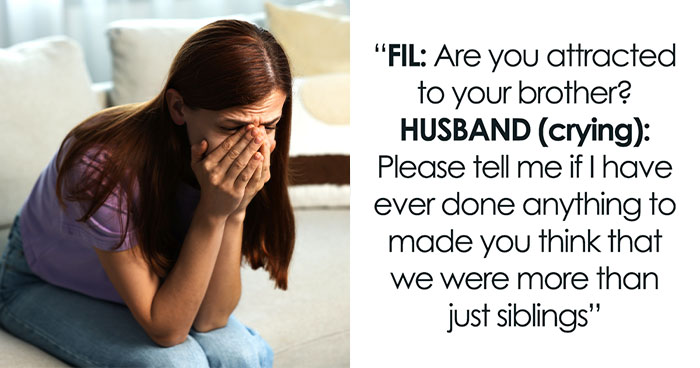
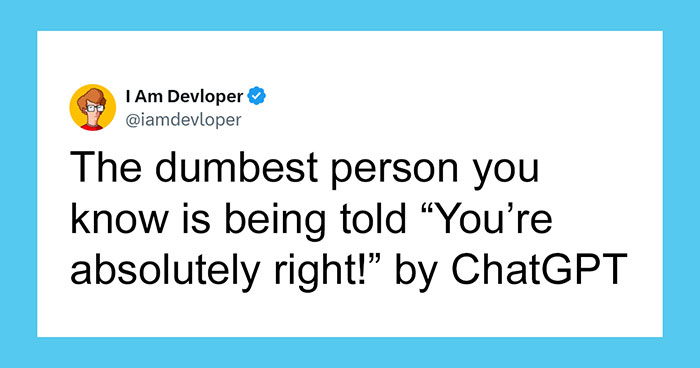


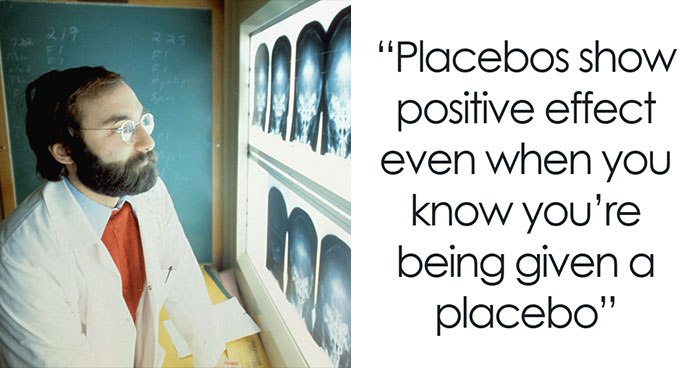
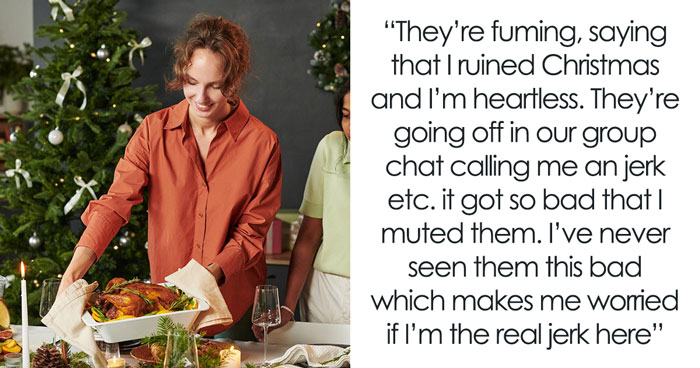
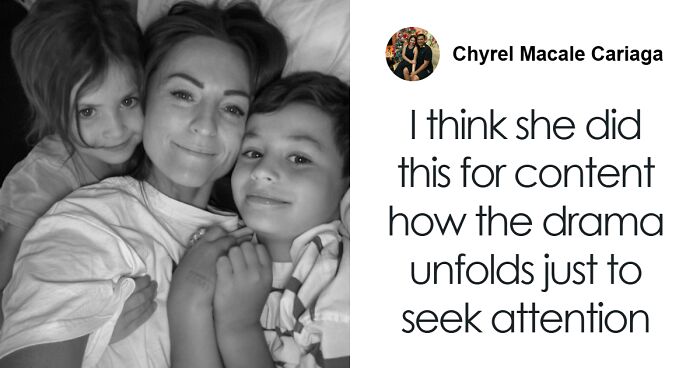
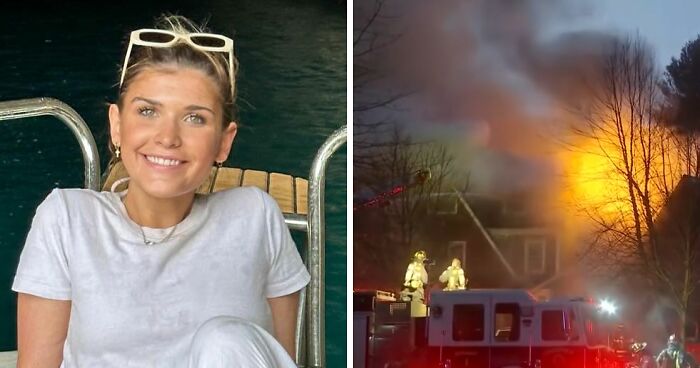






























148
25